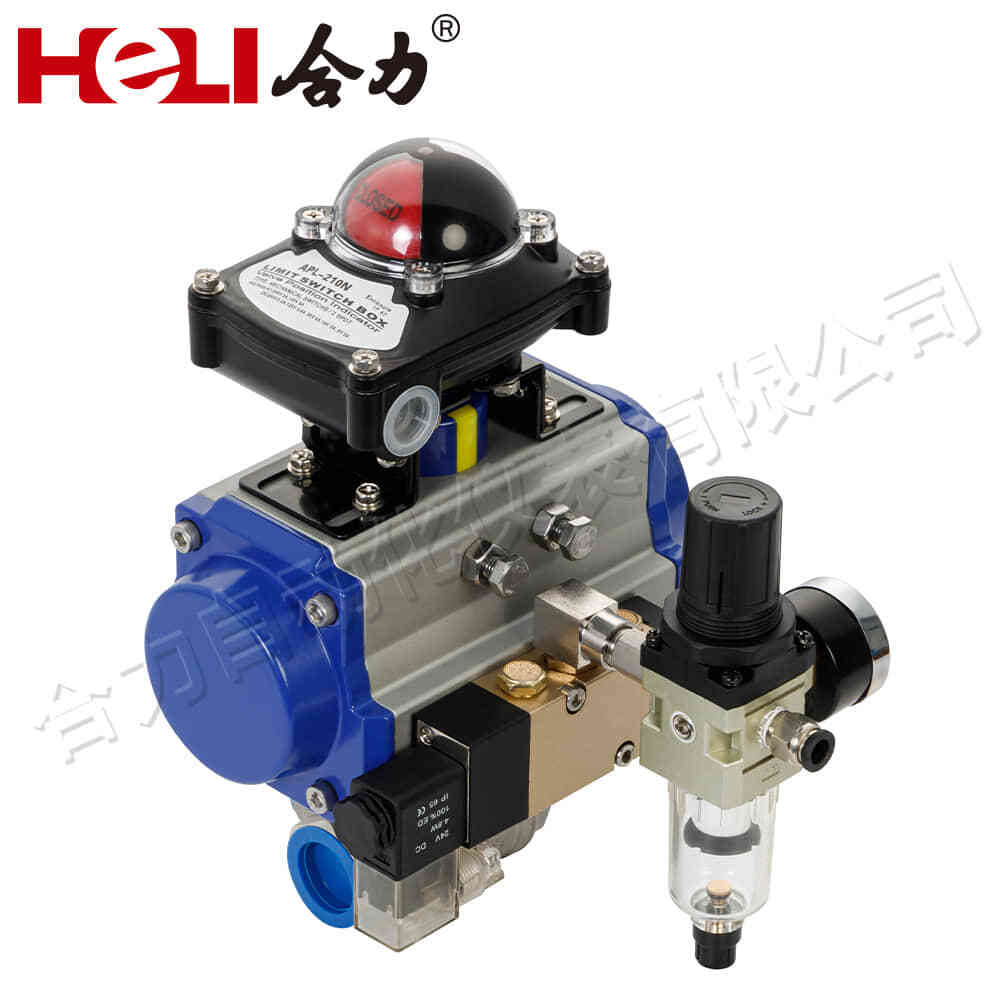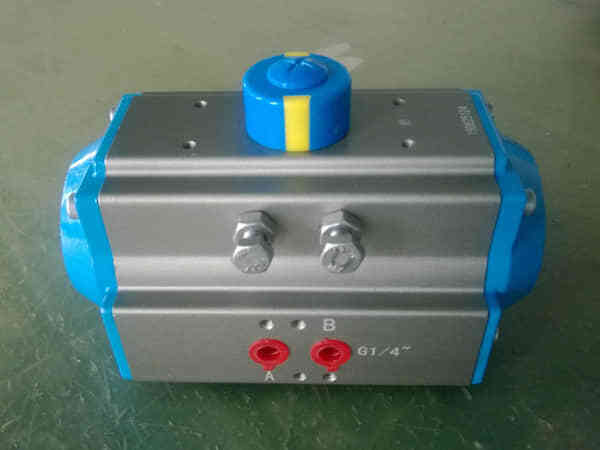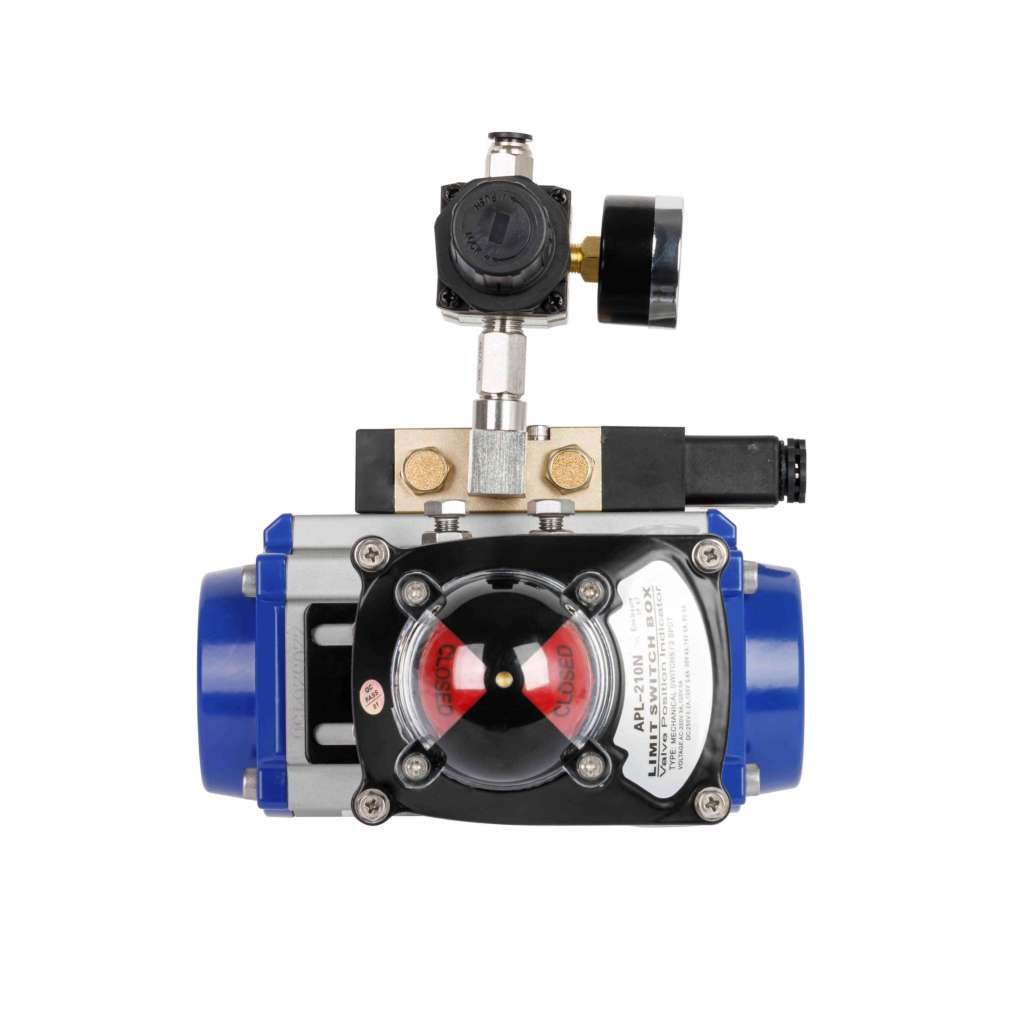exploring the benefits and applications of pneumatic actuators
Release time:2025-10-18 03:19:41
Pneumatic actuators are an essential component in a wide range of industrial and manufacturing applications, offering high performance, speed, and reliability. These devices use compressed air as a source of power to generate mechanical motion, typically either linear or rotary. Whether it's for controlling a valve, driving a robotic arm, or powering a conveyor system, pneumatic actuators are at the heart of countless processes in various industries.

What is a Pneumatic Actuator?

At its core, a pneumatic actuator is a mechanical device that converts compressed air energy into mechanical motion. The actuator typically consists of a cylinder and a piston. When compressed air is supplied to one side of the piston, it creates force that moves the piston, resulting in either a linear or rotary motion depending on the type of actuator. These actuators are driven by a pneumatic control system that regulates the flow of air to the actuator.
Types of Pneumatic Actuators
There are two primary types of pneumatic actuators: linear actuators and rotary actuators.




